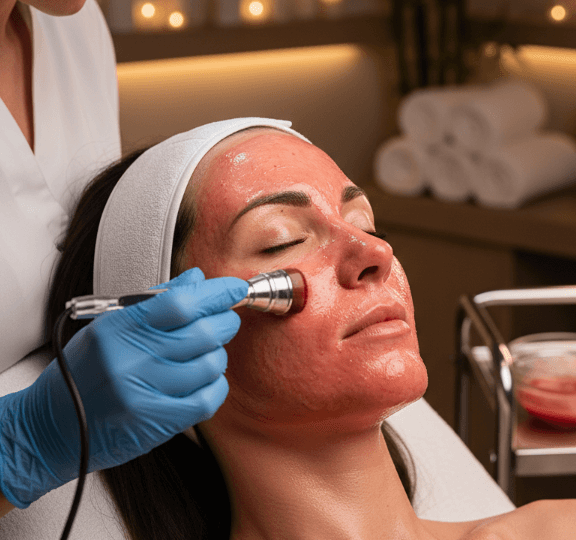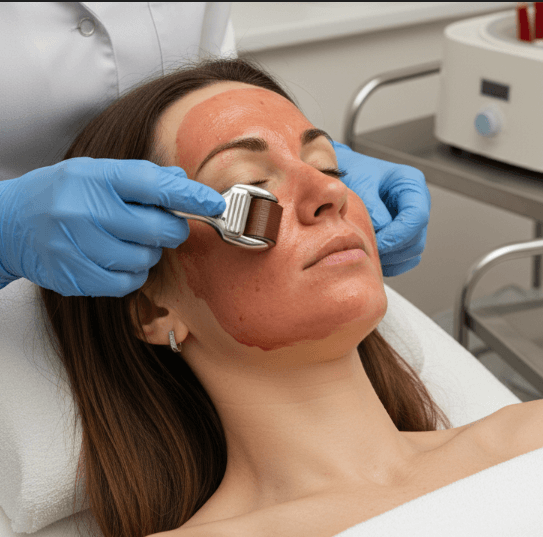South Korea has emerged as a premier destination for advanced regenerative treatments like exosome therapy, attracting a growing number of medical tourists worldwide. To ensure your trip is smooth, comfortable, and hassle-free, proper planning for visa, travel, and accommodation is essential.
This guide provides detailed tips and advice to help medical tourists navigate the logistics of traveling to Korea for exosome therapy.
1. Visa Requirements for Medical Tourists
Who Needs a Visa?
- Visa-Free Entry: Citizens from many countries (e.g., the US, Canada, Australia, EU nations, Japan, Singapore) can enter South Korea visa-free for short stays, usually up to 90 days.
- Medical Visa (C-3-3): For longer stays specifically for medical treatment, you can apply for a short-term medical visa. This allows stays up to 90 days and may be extendable.
- Tourist Visa (C-3): Medical tourists who combine treatment with sightseeing often enter on a regular tourist visa.
How to Apply?
- Visit the Korean embassy or consulate website in your country for application details.
- Required documents may include:
- Passport valid for at least 6 months
- Medical appointment confirmation letter from the Korean clinic
- Proof of financial means to cover your stay
- Return or onward flight ticket
- Some nationalities can apply for e-Visa or K-ETA (Korea Electronic Travel Authorization) online for faster processing.
Visa Tips
- Apply well in advance (at least 4-6 weeks) to avoid delays.
- Keep a copy of your medical appointment and treatment plan handy at immigration.
- If unsure, consult your chosen clinic’s medical tourism coordinator—they often assist with visa documentation.
2. Travel Tips: Getting to and Around Korea
Arrival Airports
- Incheon International Airport (ICN): The main gateway for international travelers, located near Seoul.
- Gimpo Airport (GMP): Mostly domestic flights, with some regional international routes.
- Busan Gimhae International Airport (PUS): For those seeking treatment in Busan or southern regions.
- Jeju International Airport (CJU): Emerging medical tourism hub for wellness and regenerative therapies.
Navigating Korean Airports
- Expect efficient immigration with automated e-gates for eligible travelers.
- Baggage claim is generally fast; medical tourists often carry skincare or supplements—declare any regulated items.
- Many airports have medical tourism desks to assist foreign patients.
Transportation Options
- Airport Limousine Buses: Convenient and affordable to key districts like Gangnam, Myeongdong.
- AREX Train: Fast connection from Incheon to Seoul Station.
- Taxis and Ride-Sharing: Taxis are widely available; apps like KakaoTaxi offer English interface.
- Subway: Seoul’s subway system is extensive, reliable, and tourist-friendly.
- Clinic Transfers: Many clinics provide shuttle services or private cars.
3. Accommodation Tips for Medical Tourists
Choosing the Right Location
- Stay close to your clinic to minimize commuting stress. Popular medical districts include:
- Gangnam and Apgujeong in Seoul: Home to many dermatology and regenerative medicine clinics.
- Busan Seomyeon district: Offers a mix of clinics and comfortable accommodations.
- Jeju Island resorts: Ideal for combining therapy with relaxation.
Types of Accommodation
- Hotels: Range from luxury 5-star to budget-friendly 2-3 star hotels.
- Serviced Apartments: Offer kitchen facilities and longer-stay comfort.
- Medical Guesthouses: Some clinics provide or partner with guesthouses catering specifically to medical tourists.
- Wellness Resorts: Spa facilities and holistic treatments for enhanced recovery.
Booking Tips
- Use popular platforms like Booking.com, Agoda, or Airbnb with filters for “near clinic” or “medical tourism friendly.”
- Check for English-speaking staff and flexible cancellation policies.
- Some clinics offer package deals including accommodation—these can save cost and coordination hassle.
4. Health and Safety During Your Trip
- Travel Insurance: Purchase comprehensive travel insurance covering medical treatments and potential complications.
- COVID-19 and Other Regulations: Check the latest entry requirements, quarantine rules, and health protocols.
- Medication: Bring a sufficient supply of your prescription medicines, with clear labeling and doctor’s notes.
- Local Emergency Numbers: Korea’s emergency number is 119; the medical emergency hotline for foreigners is 1339.
- Stay Hydrated and Rested: Travel can be exhausting, so plan for rest days before and after your treatment sessions.
5. Cultural and Language Considerations
- Korean medical staff are highly professional and respectful, but English proficiency varies by region.
- Many clinics provide multilingual coordinators or interpreters.
- Basic Korean phrases related to health and directions can be helpful.
- Politeness and punctuality are appreciated in Korean culture, especially in medical settings.
6. Additional Practical Tips
- Currency: South Korean Won (KRW). ATMs are widely available; credit cards are accepted in most clinics and hotels.
- SIM Card or Portable Wi-Fi: Stay connected for communication and navigation.
- Local Apps: Download KakaoMap (for directions) and KakaoTalk (popular messaging app) to ease your stay.
- Shopping and Dining: Korea offers amazing cuisine and skincare shopping; schedule leisure activities to enjoy your trip fully.
✅ Summary Checklist for Medical Tourists Seeking Exosome Therapy in Korea
| Task | Tips & Recommendations |
|---|---|
| Visa Application | Check eligibility, apply early, keep appointment letters |
| Flight & Arrival | Use Incheon Airport, arrange airport transfers |
| Transportation | Pre-book shuttle or use public transport apps |
| Accommodation | Stay near clinic, consider medical guesthouses |
| Health & Safety | Get insurance, bring meds, follow local guidelines |
| Communication | Use clinic translators, learn basic Korean phrases |
| Money & Connectivity | Carry KRW, use credit cards, get SIM or Wi-Fi device |




